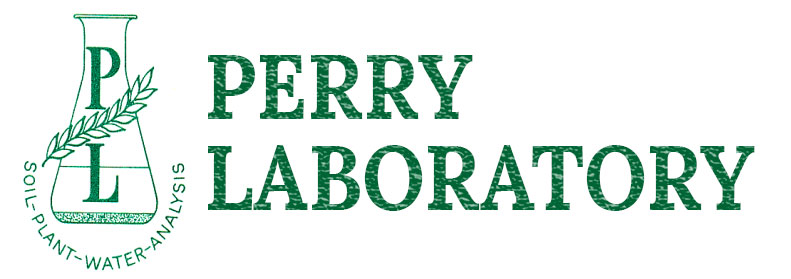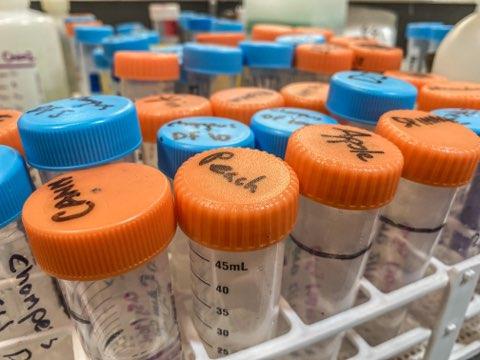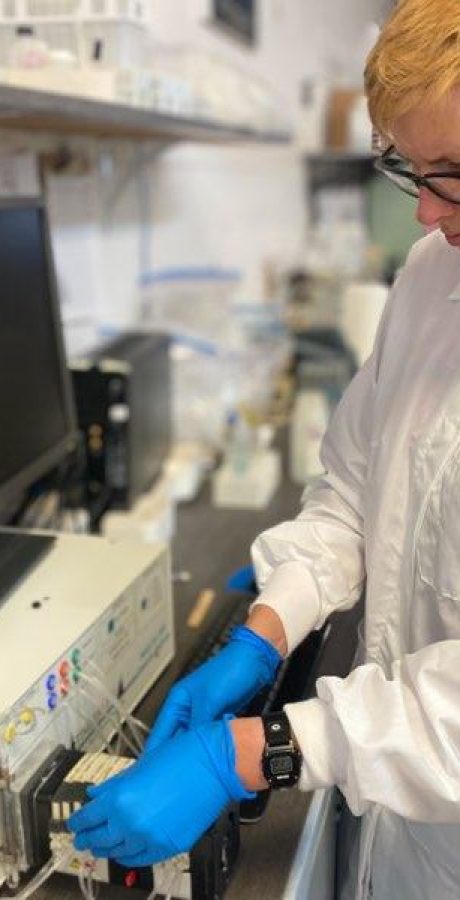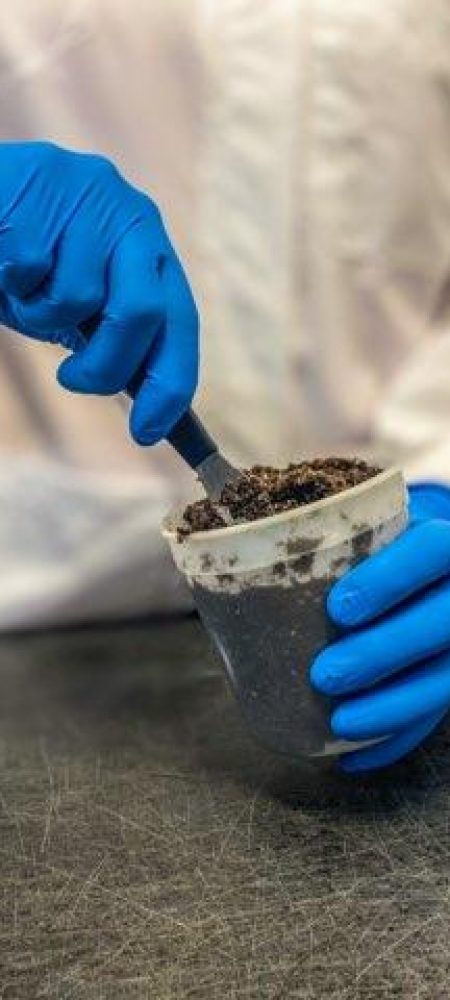
Horticultural Appraisal Package
(WELO Compliant) H-1-RComplete soil chemical and physical analyses
$
323
-
Fertility Analysis pH, electrical conductivity, nitrate nitrogen, ammonium nitrogen, phosphorous, potassium, calcium and magnesium
-
Saturation percentage, calcium plus magnesium, sodium, chloride, boron, SAR, ESP
-
Sodium, Chloride, Sulfate and Boron from saturated paste extract, DTPA extracted zinc, copper, manganese, and iron
-
Organic Matter
-
Cation Exchange Capacity
-
Lime content
-
Soil Texture Analysis




